Description
The instruction for use
of medicine for experts
ГАБАГАММА®
(GABAGAMMA)
the Trade name Габагамма®
the International non-proprietary name Gabapentin
the Dosage form Capsules of 100 mg, 300 mg, 400 mg
Structure One capsule contains
active agent – gabapentin 100 mg, 300 mg or 400 mg,
excipients:
anhydrous lactose, corn starch, talc,
structure of a cover of the capsule: gelatin, E 171 titanium dioxide, iron oxide yellow (E 172), iron oxide red (E 172).
The description Capsules of 100 mg – solid gelatin capsules of white color.
Capsules of 300 mg – solid gelatin capsules of yellow color.
Capsules of 400 mg – solid gelatin capsules of orange color.
Pharmacotherapeutic group
Other antiepileptic drugs.
The code of automatic telephone exchange N03AX12
the Pharmacological
Pharmacokinetics Absorption properties – fast. The bioavailability is not proportional to a dose: at increase in a dose decreases and makes at a dose 300 mg – 60%, at 1600 mg – 30% respectively. Absolute bioavailability – 60% (capsule). Food, including with high content of fats, does not influence pharmacokinetics. TCmax – 2-4 h. Concentration in plasma are proportional to a dose. Cmax – 4.02 mkg/ml at use in a dose of 300 mg each 8 h and 5.50 mkg/ml – at a dose of 400 mg. Passes through a blood-brain barrier, comes to breast milk. Distribution volume – 57.7 l. At patients with concentration epilepsy in cerebrospinal fluid make about 20% of the corresponding equilibrium concentration of drug in plasma. Communication with proteins of plasma – very low (less than 5%). Practically it is not metabolized, does not induce the oxidizing enzymes with the mixed function participating in medicine metabolism. It is removed by kidneys. Removal from plasma has linear dependence. T1/2 – on average 5-7 h, does not depend on a dose. The clearance rate constant, clearance from plasma and renal clearance of a gabapentin are directly proportional to clearance of creatinine. Gabapentin leaves from plasma by a hemodialysis method. The clearance of a gabapentin from plasma decreases at elderly people and patients with impaired renal function, T1/2 at clearance of creatinine less than 30 ml/min. – 52 h. The pharmacokinetics does not change at repeated use.
Gabagamm’s pharmacodynamics – anticonvulsant. In therapeutic concentration N – methyl – D – aspartatnymi receptors does not contact receptors of GAMK an and b, benzodiazepine, glutamate, glycine. Shows high activity concerning brain receptors.
In vitro are identified new peptide receptors in brain tissues through which the anticonvulsant activity of a gabapentin and its derivatives can be mediated.
Indications
– epilepsy
– diabetic neuropathy
– post-herpetic neuralgia
the Route of administration and doses
Inside, irrespective of meal. Epilepsy
the Effective dosage makes 900-3600 mg a day.
Adults and teenagers
Treatment begins with use of a dose in 300 mg. Increase in a dosage can be made according to two schemes:
1. Main scheme
Morning dose
Day dose
Evening dose
the 1st day
(300 mg gabapentina / day)
300 mg
the 2nd day
(600 mg gabapentina / day)
300
mg 300 mg
the 3rd day
(900 mg gabapentina / day)
300
mg 300 mg 300 mg
2. Use of an initial dose three times a day on 300 mg.
After that increase in a day dose to 1200 mg with division into three separate doses can be made, and in case of need raise doses stages on 300 mg to the maximum dosage.
The time interval between evening and the subsequent morning doses should not exceed 12 hours in order to avoid emergence of new attacks.
Diabetic neuropathy and post-herpetic neuralgia
the Usual dose makes 1800 – 2400 mg a day.
Maximum – 3600 mg a day.
Adults:
Treatment begins with a dose of 300 mg according to the main scheme (see above).
After that the dosage can raise within one week up to 1800 mg a day, with distribution to three separate doses. Within the next week in process of requirement the dosage can be raised to 2400 mg a day with distribution to three separate doses. In case of need further increase in a dose step by step can be produced 300 mg a day with distribution to three separate doses up to achievement of the maximum dosage in 3600 mg a day.
Increase in a dosage to providing a maintenance dose has to be made slowly. The time interval between evening and morning doses should not exceed 12 hours.
Patients of advanced age and patients with reduced function of kidneys
For patients with reduced function of kidneys use of the lowered dose is recommended to the recommendation for all indications. As at patients of advanced age the function of kidneys can be limited, coordination of a dosage can be also necessary for these patients.
Use of the following dosages is recommended:
Clearance of creatinine (ml/min.)
the General day dosage (mg) 1
>
80 900 – 3600 50 –
79 600 – 1800 30 –
49,300 – 900
15 – 29 1502 – 600
<>
1502 – 300 1) the General day dose has to be distributed on three separate receptions
2) 300 mg every 2nd day
Patients under a hemodialysis:
In the beginning the initial dose of 300-400 mg, and then a maintenance dose of 200-300 mg after approximately 4-hour hemodialysis is appointed. On the days off from dialysis gabapentin is not accepted
Patients of group of high risk:
At patients with bad general condition, low body weight or at patients after organ transplantation, etc. increase in a dosage has to be made gradually with a dose of 100 mg.
Side effect
– vazodilatation symptoms
– increase in arterial blood pressure (when assigning together with other
antiepileptic means) – dyspepsia, a meteorism, anorexia, an ulitis (when assigning together with
other antiepileptic means)
– drowsiness, dizziness, an ataxy, a nystagmus (dose-dependent),
increased fatigue, a tremor, a dysarthtia, the increased nervous
irritability
– a disorder of vision (diplopia, an amblyopia), a ring in ears
– a purpura, increase in weight telaredko
– nausea, vomiting, an abdominal pain, increase in appetite
– myalgia, an arthralgia, a dorsodynia (when assigning together with other
antiepileptic means)
– a headache, amnesia, a depression
– rhinitis, pharyngitis, cough, pneumonia (when assigning together with other
antiepileptic means)
Is extremely rare
– a dry mouth or throat, constipations or diarrhea, pancreatitis, increase
in activity of ‘hepatic’ transaminases.
– disturbance of thinking, confusion of consciousness, tics, paresthesias
(dose-dependent), an asthenia, an indisposition, a hyperkinesia, strengthening, hypo – or
an areflexia, uneasiness, hostility
– insomnia (when assigning together with other
antiepileptic means) – urine incontinence, decrease in potency, urinary tract infection – a leukopenia – skin rash, an itching, fever, a multiformny exudative erythema (
including Stephens-Johnson’s syndrome) – peripheral swell, discoloration of enamel of teeth, an acne, a face edema,
fluctuations of a glycemia in blood at patients with diabetes
– the increased fragility of bones (when assigning together with other
antiepileptic means)
Contraindications
– hypersensitivity to a gabapentin
– children’s age up to 3 years
– acute pancreatitis
Medicinal interactions
Perhaps combined use with other antiepileptic drugs (Phenytoinum, carbamazepine, valproic acid, phenobarbital), with the oral contraceptive medicines (containing norethindrone and/or ethinylestradiol), the drugs blocking canalicular secretion (reduce removal of a gabapentin kidneys). The antacids (containing Al3 + and Mg2+) reduce bioavailability of a gabapentin approximately by 20% (it is recommended to accept in 2 h after reception of an antacid). Myelotoxic medicines – strengthening of a gematotoksichnost (leukopenia).
Special instructions
In case of need to reduce a dose, it is necessary to cancel drug or to replace it with alternative medicine gradually, within at least 1 week.
It is inefficient for treatment of small epileptic seizures.
Pregnancy and the period laktatsiivo time of pregnancy is applied only if the expected advantage for mother justifies possible risk for a fruit (possibly delay of growth of a fruit when exceeding a therapeutic dose of 3600 mg in terms of mg/sq.m).
It is removed with breast milk. Its influence on the newborns nursed is unknown therefore it is necessary to apply at the feeding women only if the advantage for mother obviously outweighs risk for the newborn.
In case of emergence in adults of drowsiness, an ataxy, dizziness, increased fatigue, nausea and/or vomiting, a body weight increase, and in children of drowsiness, a hyperkinesia and hostility it is necessary to stop treatment and to consult with the doctor. The feature of influence of medicine on ability to run the vehicle or potentially dangerous mekhanizmamiv the period of treatment needs to be careful during the driving of motor transport and occupation other potentially dangerous types of activity demanding the increased concentration of attention and speed of psychomotor reactions.
Overdose
Symptoms – dizziness, diarrhea, doubling in eyes, disturbance of the speech, drowsiness, a lethargy. Treatment is symptomatic, a hemodialysis (in heavy chronic kidney disease).
A form of release and packing
of the Capsule on 100 mg, 300 mg, 400 mg, on 10 capsules in the blister, on 2, 3 or 5 blisters in a cardboard pack with the instruction for use.
Storage conditions
At a temperature not above +25 °C.
To store in the places inaccessible for children!
An expiration date
2 years
not to use drug after the date specified on packing.
Prescription status
According to the prescription
of Proizvoditel Vyorvag Pharm GmbH and To. KG, Artezan Pharm GmbH is made and To. KG,
Kalver Strasse, 7, 71034 Boeblingen, Germany.
To develop
Additional information
| Ingredient |
|---|





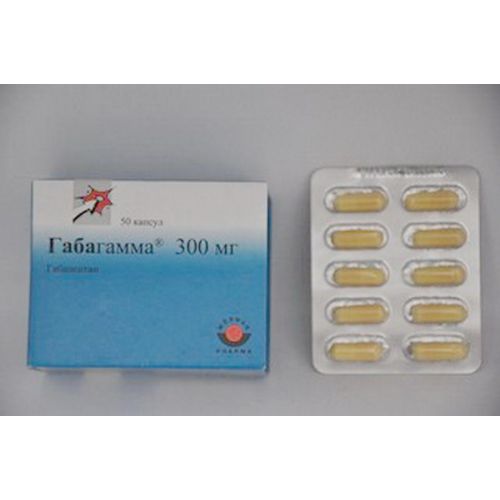
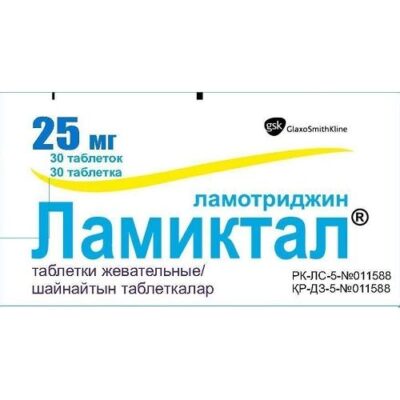
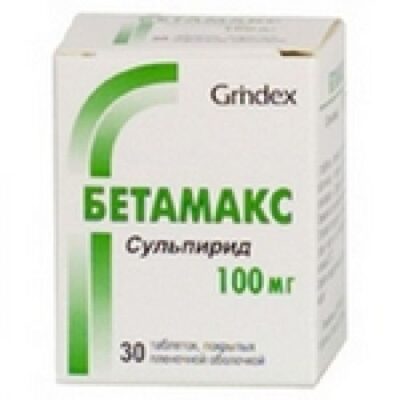
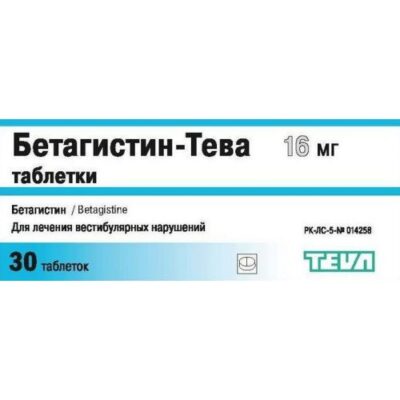
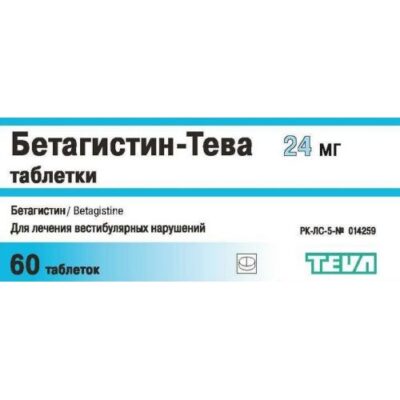
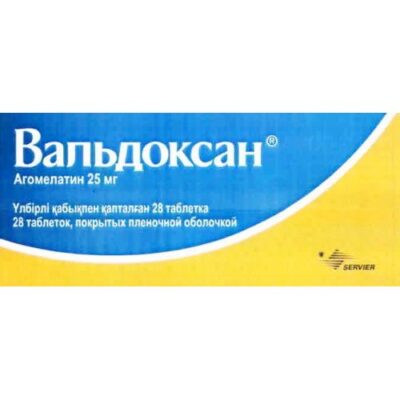
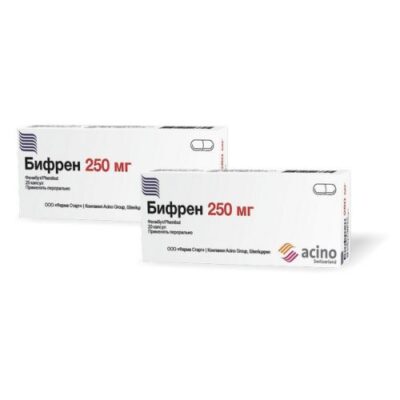
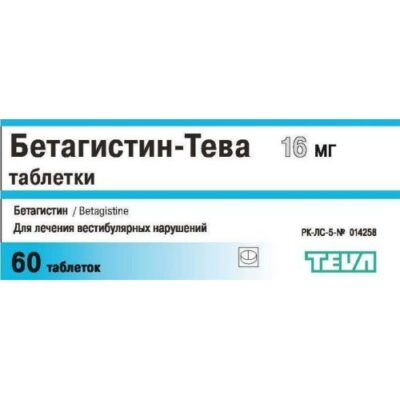
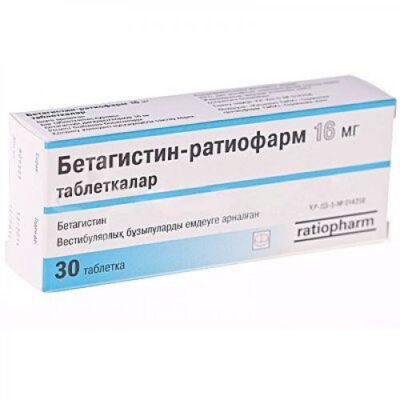
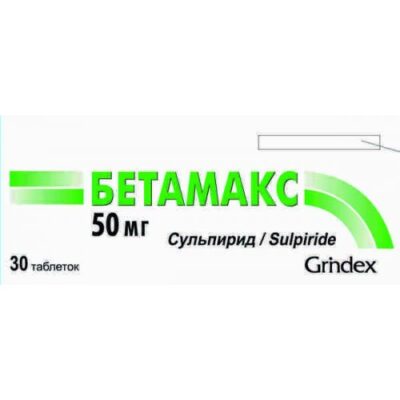
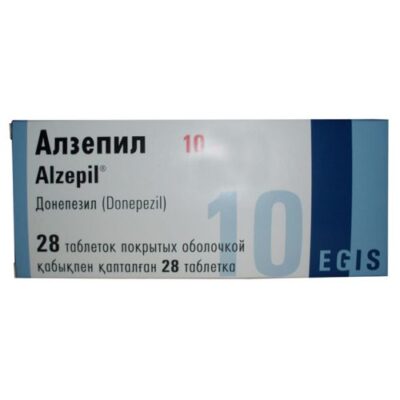






Reviews
There are no reviews yet.